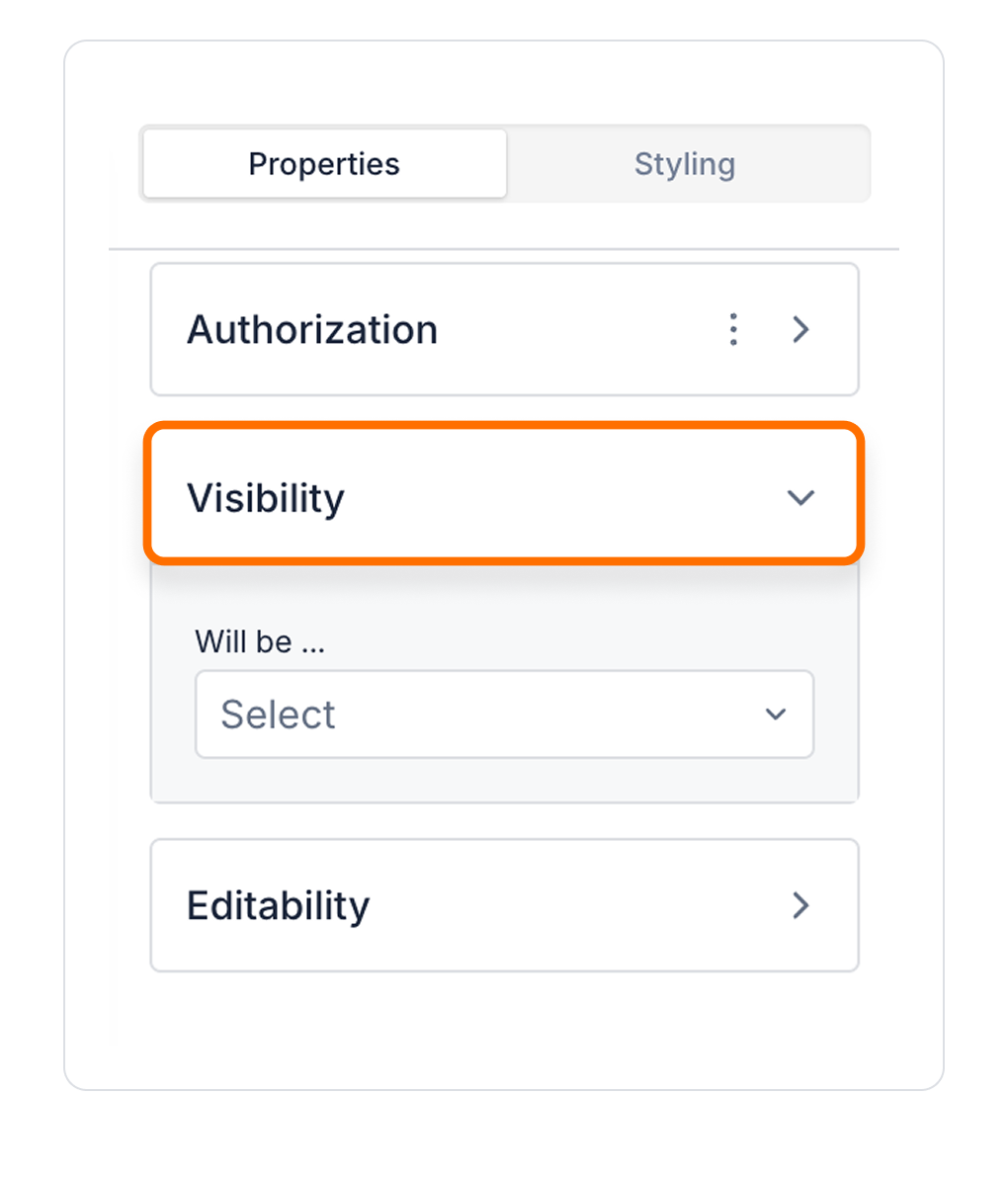

Kuika's Date Time element allows users to easily select both date and time information. Users can enter date and time information manually or specify them via the date-time picker. This element is ideal for situations where operations need to be performed based on a specific time zone. In this tutorial, you will learn how to use the Date Time element and configure date-time validations.
The Date Time element works in a way that ensures only valid time options are available on the return date when Disable Before Time is used between two Date Time elements. This maintains consistency between the start and end times and prevents incorrect time selections.
This training content consists of the following topics:

You can configure the properties of the Date Time element in the Properties panel on the right sidebar.

Authorization

To manage access control at the element level, you can use the Authorization section in the Properties panel.
Access Types
Anonymous
Allows all users to view the element without logging in.
Restricted
Restricts access to only verified users or specific roles.
Unauthorized Behavior (Hide / Disable)
If the user does not have the required role, you can specify how the element should behave in the Choose field:
This setting is used to manage how unauthorized users encounter the element.
Visibility

To configure the setting:


By customizing your elements with the Styling Panel, you can create impressive interfaces for your web and mobile applications. In this section, you can configure the following settings:
By following these steps, you can configure the Area Chart element to suit your needs.